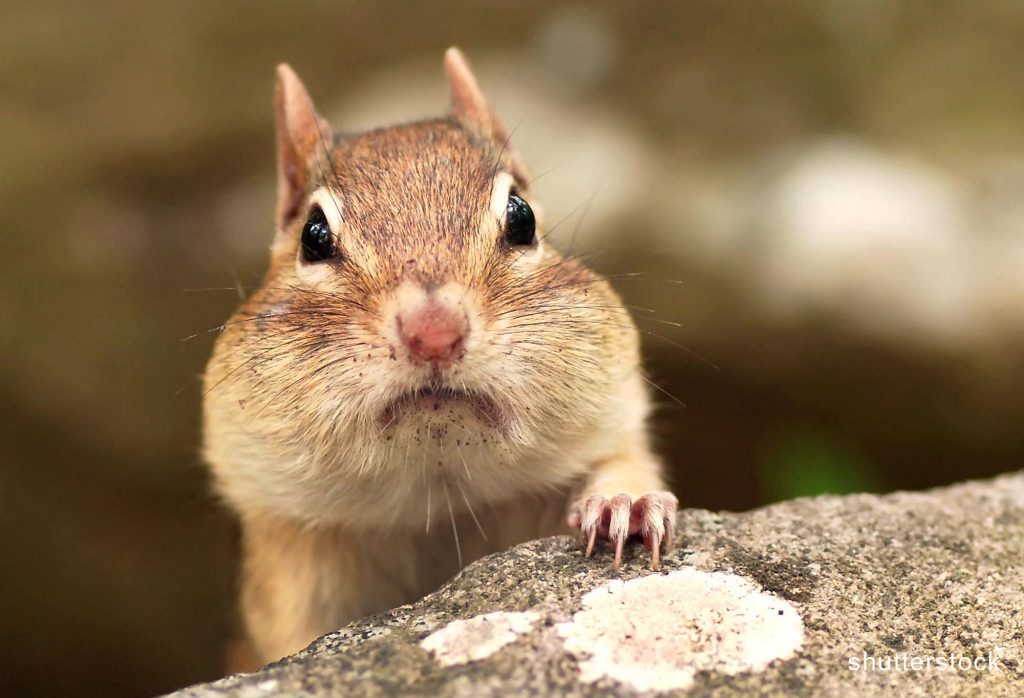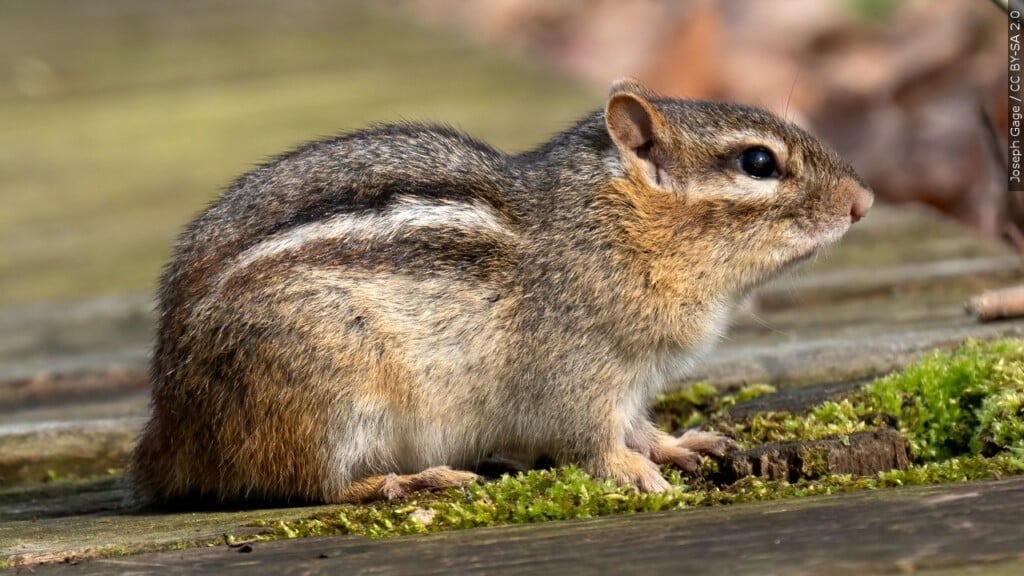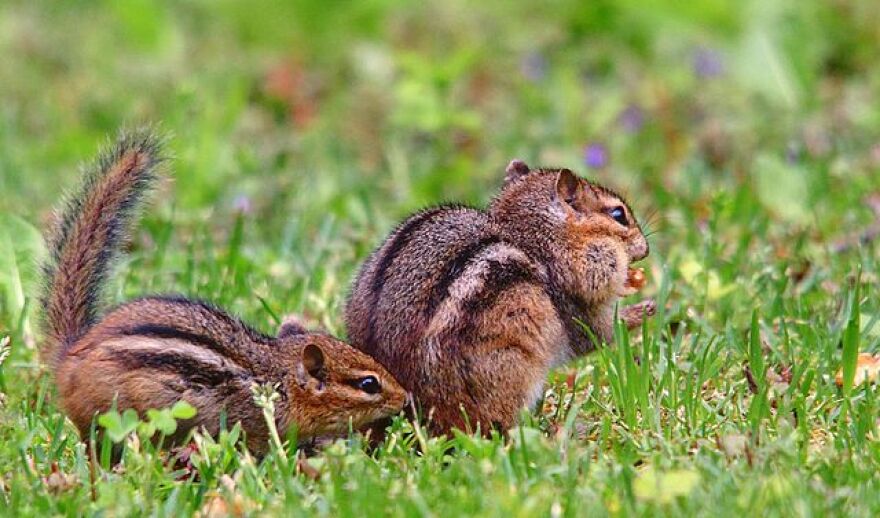Chipmunks are small, ground-dwelling rodents found throughout North America. They are known for their striped fur, bushy tails, and love for nuts and seeds. While they may be cute and entertaining to watch, they can also cause damage to gardens and homes. In this article, we will discuss how to identify chipmunks.

Physical Characteristics
Chipmunks are small rodents, typically measuring between 5-7 inches in length. They have a distinctive striped pattern on their fur, with alternating brown and white or gray and white stripes running down their backs. They have a bushy tail that is usually shorter than their body, and their ears are rounded and small. Their eyes are black and round, and they have sharp, curved claws for digging and climbing.
Behavior
Chipmunks are active during the day and spend most of their time on the ground, although they are also capable of climbing trees and other structures. They are known for their ability to store large amounts of food in their cheeks, which they then carry back to their burrows to save for later. They typically live in underground burrows, which they dig themselves, and can have multiple entrances and exits.
Habitat
Chipmunks can be found in a variety of habitats, including forests, fields, and suburban areas. They prefer areas with plenty of cover, such as bushes, rocks, or fallen logs, where they can hide from predators. They are also attracted to areas with a food source, such as gardens or bird feeders.

Signs of Presence
There are several signs that can indicate the presence of chipmunks. One of the most obvious signs is their burrows. These are typically located in areas with plenty of cover, such as under bushes or rocks, and can have multiple entrances and exits. Chipmunks also leave behind small piles of dirt near the entrances to their burrows. Additionally, they may leave behind chewed up nuts or seeds near bird feeders or garden beds.
Vocalizations
Chipmunks are known for their high-pitched vocalizations, which they use to communicate with each other. They have a variety of calls, including chirps, trills, and clicks. They may also make a “chipping” sound, which is where they get their name.
Similar Species
There are several species of small rodents that can be easily confused with chipmunks. These include ground squirrels, voles, and shrews. However, there are a few key differences that can help you identify chipmunks. Chipmunks have stripes on their backs, while ground squirrels do not. Voles are smaller and have shorter tails than chipmunks, and shrews have pointed snouts and are typically more aggressive.

In conclusion, chipmunks are small, ground-dwelling rodents with distinctive striped fur, bushy tails, and love for nuts and seeds. They are active during the day, prefer areas with plenty of cover and food sources, and live in underground burrows. Signs of their presence include burrows, small piles of dirt, and chewed up nuts or seeds. By understanding these physical characteristics, behaviors, and habitats, you can easily identify chipmunks and take appropriate action to manage their presence.